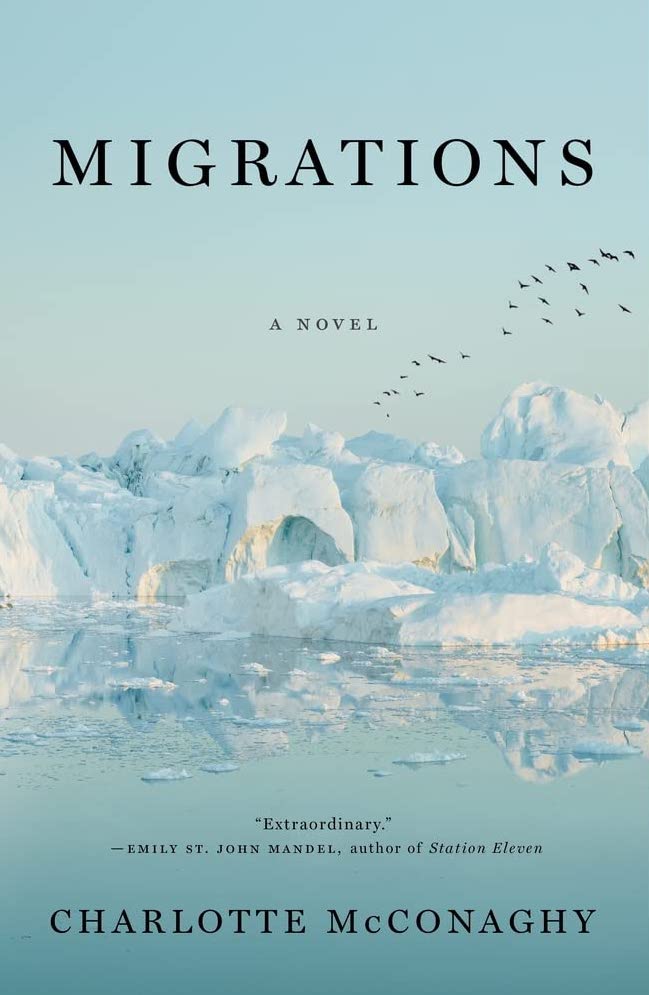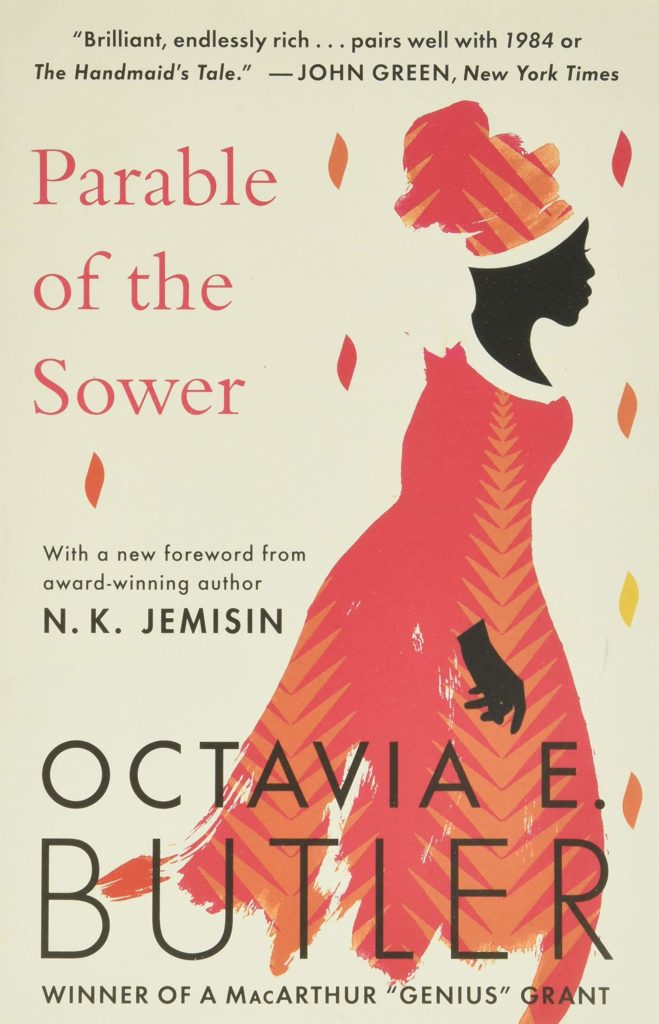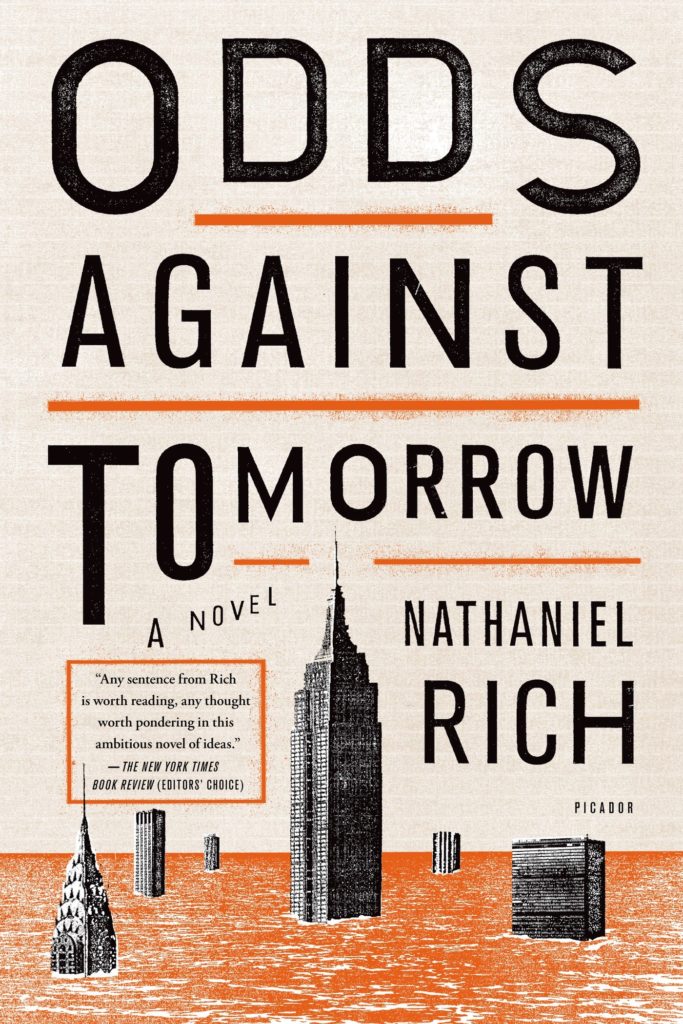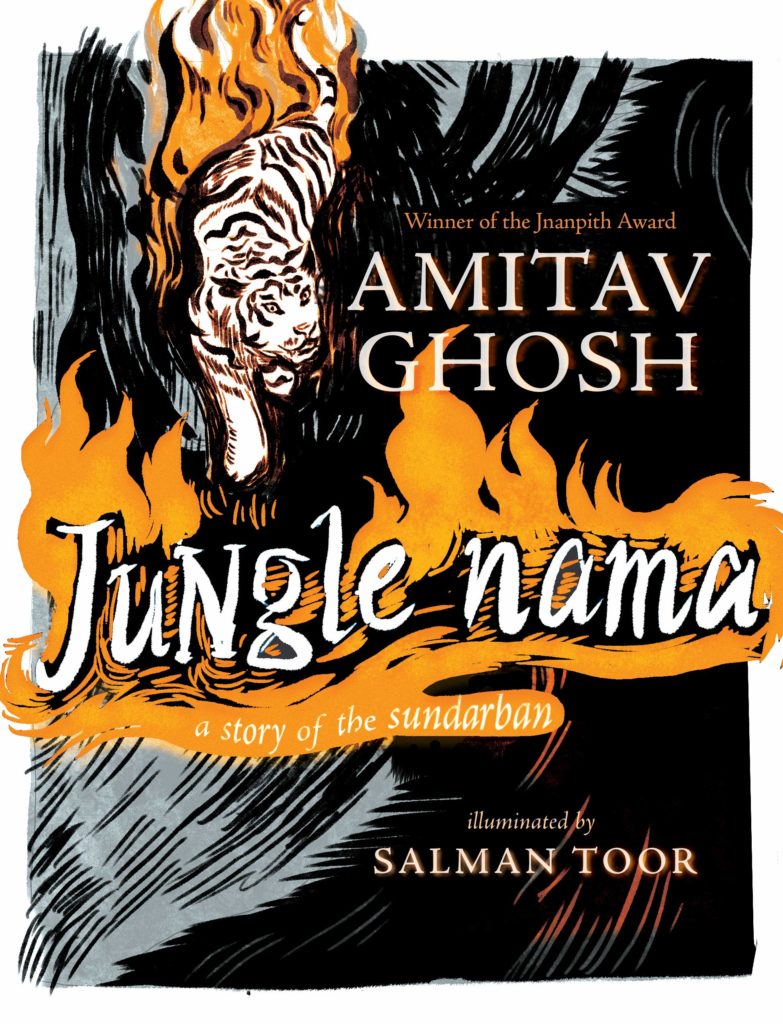Artists for the Earth
Summer reading list: Must-read climate fiction books
June 25, 2021
Summer is the perfect time to get back into hobbies we may not have had time for during other times of the year. For many of us, reading is a great way to relax during these slower, warmer months — though they are only getting warmer.
The 2010s were the warmest decade on record, and 2020 and 2016 were the hottest years on record. Climate change is to blame.
One way to broaden understanding of this growing crisis is by reading climate fiction, or “cli-fi”. Authors of this genre personalize climate change through their characters’ conflicts, putting us in their shoes and giving us a deeper emotional context.
Add these five entertaining and informative climate fiction reads in your summer reading list to further your environmental consciousness.

Migrations | Charlotte McConaghy
Migrations tells the story of Franny Stone’s quest to follow what may be the endangered Arctic tern’s last migration from Greenland to Antarctica. Franny talks her way onto a fishing boat and begins a journey away from shore and safety. The themes of tragedy and hope extend beyond the environmental focus and into Franny’s personal circumstances and dark history — she’s chasing more than just the birds.
Less than three percent of the world’s land is considered to be ecologically intact, and Arctic terns are just one of many species endangered as a result of climate change and habitat loss. We must work to restore biodiversity and conserve the ecologically intact areas we still have in order to Restore Our Earth.

Gold Fame Citrus | Claire Vaye Watkins
Watkins’s cli-fi novel deals with the impact of drought in Southern California. While most “Mojavs,” or those native to the Mojave desert, were evacuated to internment camps, Luz and Ray choose to squat in an abandoned mansion and rely on looting and scavenging to survive. These young Mojavs find love during this tumultuous time, though love isn’t enough to keep them from seeking a better future and making a dangerous journey East.
While Gold Fame Citrus was published back in 2015, drought is still a major issue in California today. This novel illustrates horrific conditions caused by climate change in Southern California and reveals an emotional landscape readers can relate to and empathize with.

Parable of the Sower | Octavia E. Butler
A cli-fi classic, Parable of the Sower is the first in the two-book Parable series. Although published in 1993, the novel takes place in our present day, where climate change and economic crises have led to social chaos. 15-year-old Lauren Olamina lives in a gated community, sheltered from the anarchy that surrounds it, yet her hyperempathy makes it impossible to ignore. This post-apocalyptic novel follows Lauren’s quest for peace amidst chaos.
Lauren’s identity as Black in a predominantly Black community is a key factor in shaping her experience with climate change. Climate change disproportionately affects people of color, as these groups have experienced decades of harmful and racist environmental policies.

Odds Against Tomorrow | Nathaniel Rich
Odds Against Tomorrow follows Mitchell Zukor, a gifted young mathematician, and his obsession with catastrophe. Mitchell’s job is to calculate worst-case scenarios, but this leads to him immersing himself in the mathematics of environmental disasters and further fueling his worries. When an actual worst-case scenario strikes New York City, Mitchell’s worst fears come to life.
Zukor’s novel was published in 2014, soon after the deadly Hurricane Sandy struck in 2012. Since then, hurricanes have only become more deadly and more destructive due to climate change.

Jungle Nama | Amitav Ghosh, Illustrated by Salman Toor
If you’re looking to try something that strays from the prose format of these other novels, consider Jungle Nama, which is written in verse. This adaptation of a Sundarban legend tells the story of a rich merchant, a poor lad and his mother, a mighty spirit who appears as a tiger, and the mistress of the forest and her warrior brother. The Sundarban mangrove forest is central to their lives and the story.
Indigenous people in the Sundarbans are among the first to face direct consequences of climate change due to their close relationship with and dependence on the environment. This novel introduces an environmental justice issue similar to that raised in Parable of the Sower.
The arts, including literature like these cli-fi works, are a powerful tool in the environmental movement. The arts have the ability to reach people in a personal, emotional way that other mediums often can’t.
That’s why Artists for the Earth connects arts organizations and artists everywhere in order to engage the public with the critical issues of the environment. If you’d like to contribute your own artistic work to this movement, sign up to be an Artist for the Earth.
Want more book recommendations?
Check out this climate change book list curated by our staff.
